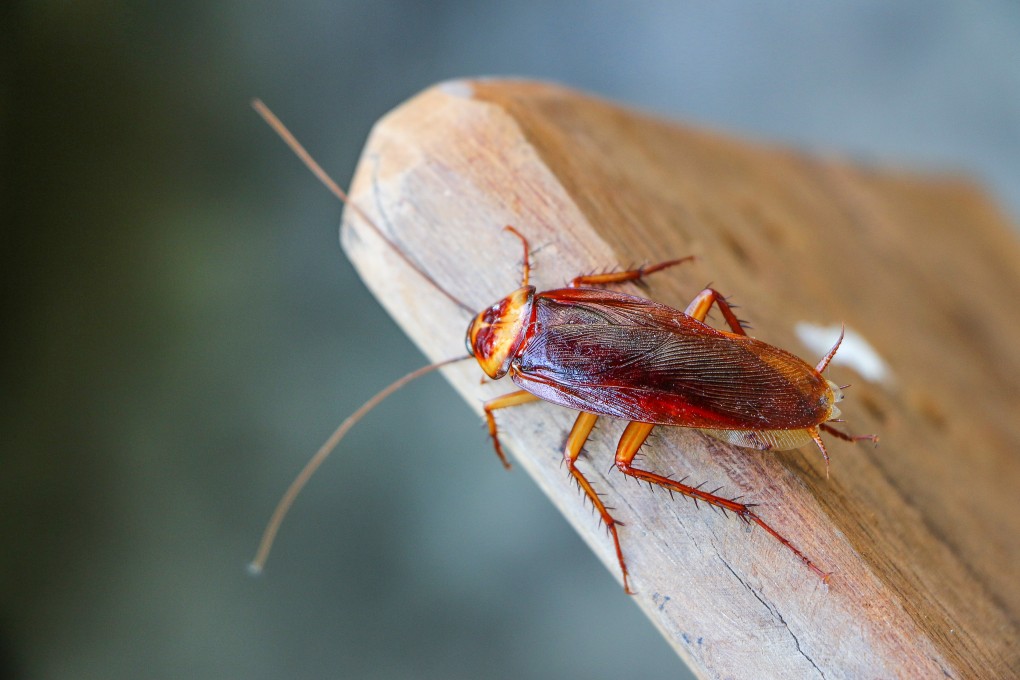Language Matters | Hong Kong’s protesters are often called ‘cockroaches’, but where does the term come from?
- During the protests, the much-reviled insect’s name has been co-opted by pro-Beijing elements, intended as an insult
- The Cantonese slang for cockroach is also a term of admiration for resilience in the face of adversity

Franz Kafka’s 1915 novel, The Metamorphosis, has a man waking up to find himself transformed into a “monstrous insect”.
Although the author’s intention was to have the creature remain unidentified, it has a carapace and several legs, and with the German ungeziefer meaning “bug, vermin” (in Old High German, an unclean animal unfit for sacrifice) many interpret it as a cockroach.
Our morbid fascination with the cockroach is perhaps because, alongside its association with filth and pestilence, it is one of the oldest insects, with fossilised cockroaches dating back 320 million years. The English name is far more recent.
One of the earliest forms is recorded in Captain John Smith’s The Generall Historie of Virginia, New-England, and the Summer Isles (1624), in which he describes “a certaine India Bug, called by the Spaniards a Cacarootch, the which creeping into Chests they eat and defile with their ill-sented dung”.

The Spanish word for these Bermudian insects was cucaracha, or beetle – an extended expressive form of the 14th century cuca, or caterpillar, butterfly larva, bug, pest – and in some Castilian dialects cockroach. Smith’s English spelling of the word is suggested as having been influenced by caca, baby talk for “excrement” in many European languages.
